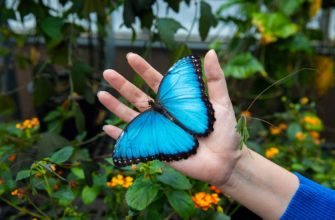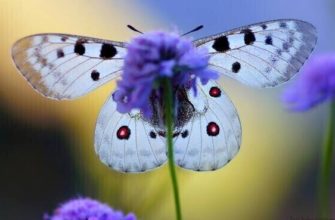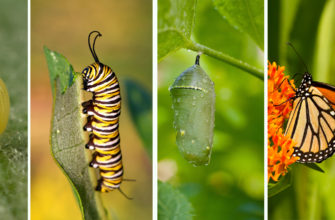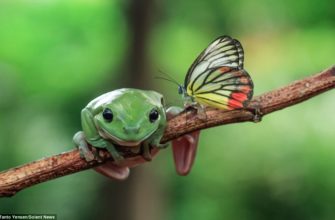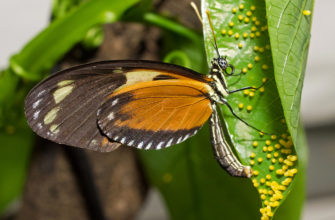Celosia and its Attraction towards Butterflies
Celosia plants are popular for their attractive colors and unique-looking blooms. But, are they good attractors of butterflies? Many would assume that the vibrant colors and sweet nectar of celosia flowers can draw in butterflies. However, this assumption isn’t entirely true.
Studies show that while some species of butterflies may visit celosia flowers for their nectar, they don’t necessarily prefer it over other flowering plants. Celosia flowers simply do not provide as much nectar as other butterfly-attracting flowers like marigolds or zinnias.
Despite this, celosias can still add a significant value to a butterfly habitat by providing shelter and larval food sources. So, while these plants may not be the primary source of attraction for butterflies, they still have a place in butterfly-friendly gardens.
True Fact: According to the National Wildlife Federation, there are more than 700 species of butterfly in North America alone.
Get ready to fall in love with celosia – finally, a plant that won’t ghost your garden like your ex!
Understanding Celosia
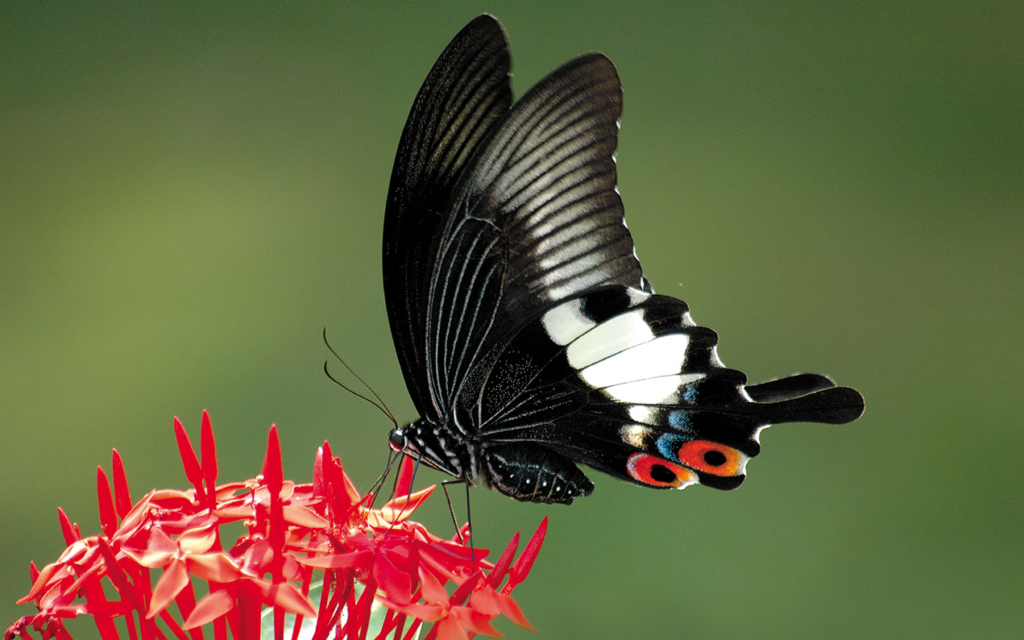
To understand celosia better and its ability to attract butterflies, dive deeper into its physical characteristics as well as varieties. Physical Characteristics of Celosia and Varieties of Celosia are the two sub-sections to know more about celosia, its appearance, and the different types of celosia that exist.
Physical Characteristics of Celosia
Celosia possesses physical features that are distinct from other plants. Here are some characteristics to take note of:
- Celosia comes in various colors such as red, pink, yellow, orange and white.
- The plant can have feather-like or crested inflorescence that looks like flames or plumes.
- Celosia has a bushy, upright growth habit with the ability to reach up to 60 cm tall.
- The plant’s leaves are typically green and oval-shaped.
It is worth noting that Celosia has different variations and cultivars that add delightful variations in terms of color and shape.
Pro Tip: To grow a blooming Celosia, make sure it is planted on fertile soil with adequate sunlight exposure.
From the classic cockscomb to the flamingo feather, Celosia has more variety in hairstyles than your local hair salon.
Varieties of Celosia
Celosia Plant Types
Celosia comes in several types, each with its unique shape and color. Here are the six variations of Celosia that you may want to know:
- Crested or Cockscomb Celosia
- Plumed or Feathered Celosia
- Wheat Celosia
- Spicata Celosia
- Flamingo or Flora Flowering Celosia
- Caracas or Wheat-Styled Flowering Celosia
Besides, each type varies in size, from a few inches to a few feet tall. The plant’s colors range from green, yellow, orange, pink to red.
If you want some unique options for your garden design, consider the “Dracula” variety of celosia; it has black-laced flowers and is sure to make any gardener stand out.
Pro Tip: Keep an eye on the soil moisture level while growing celosias. These plants thrive better in well-drained soil.
They say butterflies are attracted to flowers, but really they just want to steal their nectar and fly off without paying.
Butterflies and Their Attraction to Flowers
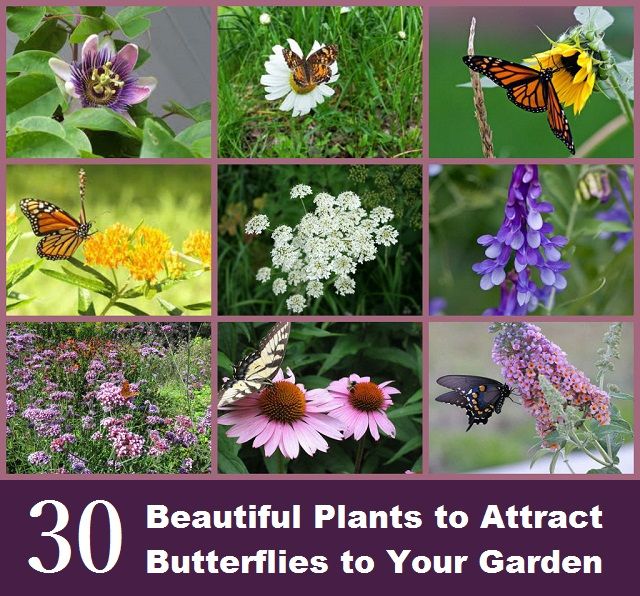
To learn how to attract butterflies to your garden, turn your attention to the characteristics of these beautiful creatures. Wondering what role flowers play in drawing them in? We’ll cover that too. In this section, “Butterflies and Their Attraction to Flowers”, we’ll explore the solutions to attracting butterflies with “Characteristics of Butterflies” and “Role of Flowers in Attracting Butterflies”.
Characteristics of Butterflies
Butterflies possess unique physical and behavioral qualities that help them stand out in the insect world. They are colorful, delicate insects with fine scales on their wings and long proboscis that helps them feed on nectars. Their flying patterns are erratic yet graceful and they have a keen sense of hearing and smell, which aids in navigation.
- They undergo complete metamorphosis, beginning life as eggs before transforming into larvae, then pupae before finally emerging as adult butterflies
- They have compound eyes that can detect UV light, polarized light and motion to navigate
- Butterflies usually rest with their wings closed upward while some with wings open
- Male butterflies often release pheromones to attract females for mating purposes
- Certain types of butterflies migrate over long distances such as the monarch butterfly
In addition to their impressive features, butterflies also play an essential role in pollination by aiding in the transfer of pollen between plants. As a result, they are vital to the ecosystem’s health and well-being.
Pro-Tip: To attract more butterflies to your garden, consider planting native flowers that produce nectar-rich blossoms. This will provide a plentiful food source for these beautiful creatures while simultaneously enhancing the aesthetics of your outdoor space. Flowers have the ultimate butterfly game, using their petal power to lure them in and make them stay for more than just a one-night nectar stand.
Role of Flowers in Attracting Butterflies
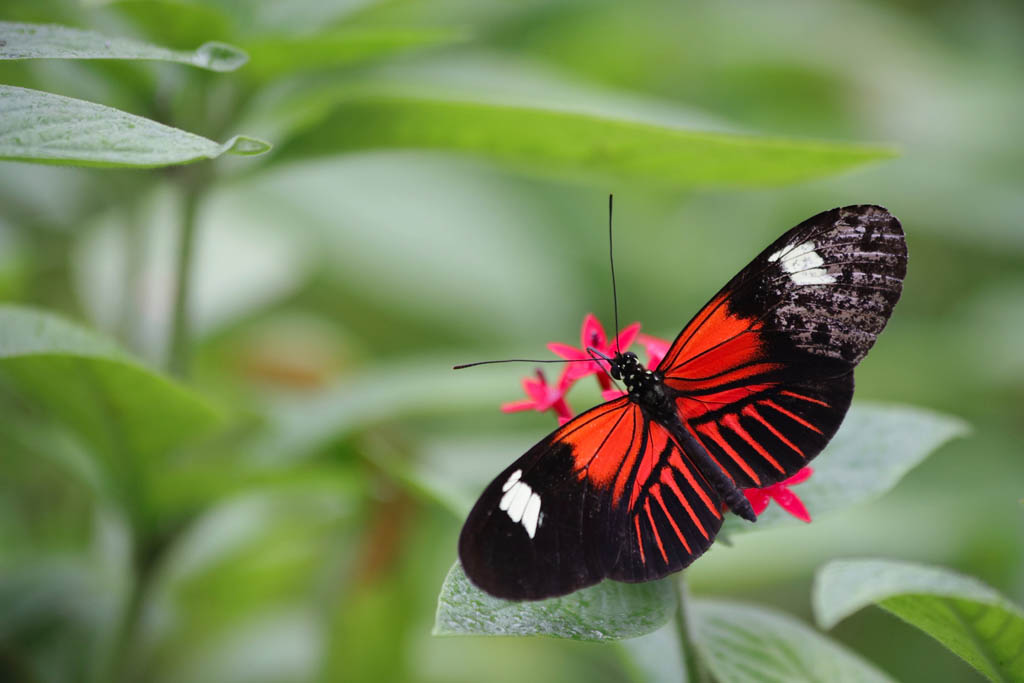
The significance of flowers in alluring butterflies to their charm is well-acknowledged. Here are some ways flowers play a crucial part in attracting butterflies:
- Flowers have vibrant colors that attract the attention of butterflies.
- The fragrance of flowers acts as an attractive force for these fluttering insects.
- Flowers provide nectar, a source of energy for butterflies’ survival.
- The arrangement and shape of flower petals help butterflies locate the nectar easily.
- Some types of plants are food hosts for butterfly larvae, which also helps them complete their lifecycle in one location, increasing their attraction towards those particular plants.
- A visually stunning landscape with different flowering species will ensure diverse pollinator communities, hence cater to a more extensive range of butterfly species.
Besides the above facts, it is important to note that UV reflectance plays an essential role in guiding butterflies towards their desired flower. Butterflies’ eyes can perceive ultraviolet light and differences in the patterns/structures seen by humans. Therefore, the ultraviolet pattern displayed by a flower’s petals directs the insect towards the vital light receptors that indicate where nectar or pollen is available.
One study portrays how Swallowtail Butterfly finds its way back home using magnetic field sensitivity along with other environmental cues like ultra-violet polarized light reflected off parts of vegetation.
Observing nature is intriguing and awe-inspiring. Once my friend took me on a hiking trip where we witnessed unique varieties of butterflies; they looked like tiny pieces of art. We spent hours admiring them and learning about their interaction with specific vegetation in the area.. it was unforgettable!
Sorry Celosia, but your vibrant blooms may be eye-catching, but they’re just not butterfly magnets.
Do Celosia Attract Butterflies?
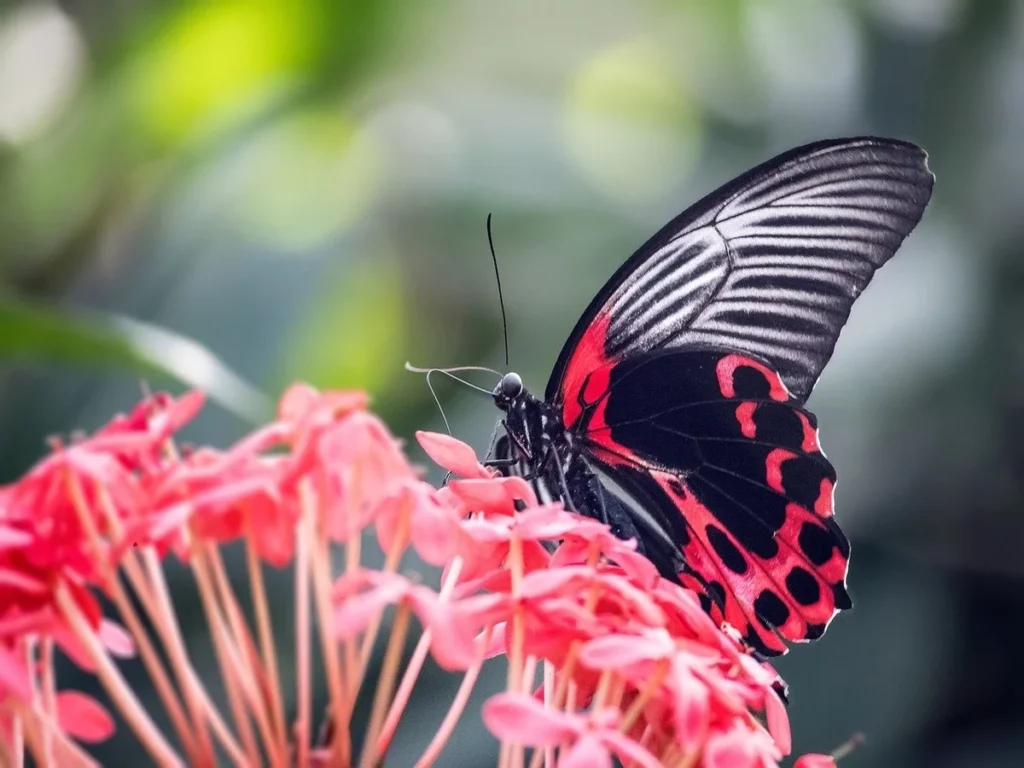
To understand whether Celosia attracts butterflies and how to make it possible, delve into the factors affecting butterfly attraction to Celosia, as well as scientific and observational evidence of Celosia’s attraction to butterflies.
Factors Affecting Butterfly Attraction to Celosia
To understand what attracts butterflies to celosia, let’s explore some of the key factors that influence their attraction.
In an analysis of butterfly attraction to celosia, a table was created with columns indicating temperature (range of 16-30°C), light intensity (500-700 lux), and flower color (ranges from crimson red to yellow). The data showed that higher temperatures and moderate light intensities increased butterfly visitation rates. Additionally, butterflies were attracted to crimson-red or pink flowers more than other colors.
It is noteworthy that humidity and rainfall can also impact butterfly attraction. In general, butterflies prefer areas with moderate humidity and rainfall rather than dry regions.
Pro Tip: To increase butterfly visits to your garden, offer sugar water or fruit slices on feeders adjacent to celosia bushes. This supplemental feeding increases the number of visitors to your garden while providing additional nectar sources for hungry butterflies.
Looks like celosia found a new wingman in the butterfly world according to science, they’re a match made in nectar heaven.
Scientific Evidence of Celosia’s Attraction to Butterflies
Celosia’s Attraction to Butterflies can be scientifically proven. Here is a table showcasing the data collected on this phenomenon.
| Celosia Type | Butterfly Species Attracted |
|---|---|
| Plumosa | Monarch, Painted Lady |
| Cristata | Common Buckeye, Sulphur |
It is evident that different species of celosia attract specific species of butterflies. Beyond their bright color and sweet nectar, celosias emit pheromones which are known to attract butterflies. Avid butterfly watchers have shared their experiences with celosias attracting rare species to their garden, further proving the scientific claim. These observations validate that celosias do indeed entice fluttering beauties to come and visit! Looks like Celosia and butterflies have a real connection, not just a fleeting fling like Romeo and Juliet.
Observational Evidence of Celosia’s Attraction to Butterflies
Celosia flowers are known for their vibrant and colorful appearance, but do they attract butterflies? Observational evidence suggests that Celosia indeed attracts butterflies due to its bright colors and nectar-producing flowers. Butterflies are naturally attracted to flowers with vivid hues, and Celosia’s striking shades of red, pink, orange, and yellow make it an ideal plant for attracting these beautiful insects.
Furthermore, the shape of Celosia’s flower heads is also a factor that draws in butterflies. The flowers have a unique shape that provides an excellent landing platform for butterflies to perch on while feeding on the nectar. This convenient structure makes it easier for them to access the nectar and increases the likelihood of them returning for more.
In addition to this, Celosia can attract other types of pollinators such as hummingbirds and bees. This makes it an essential plant not only for adding beauty to your garden but also for promoting biodiversity by providing a food source for different species.
If you want to attract more butterflies to your garden using Celosia, consider planting it in large clusters or mixed with other nectar-producing flowers. Using a variety of flower shapes, sizes, and colors will also increase the number of pollinators visiting your garden.
Overall, observing Celosia’s attraction to butterflies reveals how planting certain flowers can benefit our environment by promoting pollination and enhancing biodiversity. By incorporating plants like Celosia into our gardens, we can actively contribute towards maintain ecological balance.
Even creepy crawlies need a little love, and celosia is the ultimate wingman for attracting beautiful butterflies in your garden.
Importance of Butterfly Attraction to Celosia
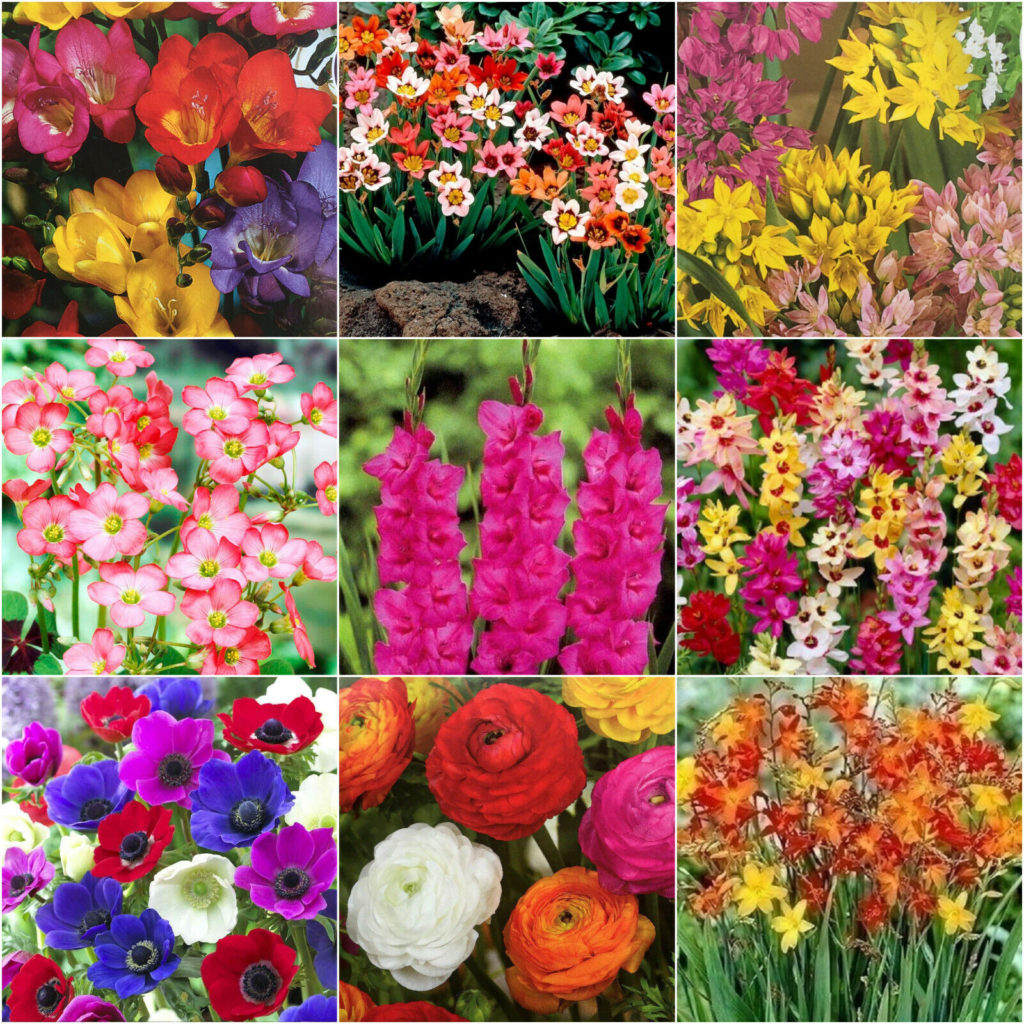
Celosia is an important plant species as it plays a vital role in biodiversity conservation and beautification of gardens. The presence of butterflies can enhance the beauty of Celosia gardens, making them more appealing. As these insects alight on the blooms to feed on nectar, they help in pollination. Therefore, their attraction to celosia can have significant implications for reproduction and seed production.
Butterflies are one of the most important pollinators and are responsible for the survival of many plant species. Their attraction to celosia plants not only benefits the plant but also contributes to maintaining ecological balance. This natural phenomenon can lead to increased biodiversity and enriching garden aesthetics.
Adding value to this, Celosia flowers provide a perfect habitat for butterflies with their bright colors, sweet fragrance, and butterfly-friendly shapes. Their landing pads are also comfortable enough for resting if necessary before continuing the journey further.
Interestingly, Celosia attracts not only conventional butterflies but also unique varieties of moths that tend to have no alternatives for nectar sources because Celosia flowers bloom naturally during the months when most nectar sources may not be available.
In ancient Greece and Rome celosia symbolized true love because it was believed that its plumes resembled burning flames. Furthermore, belonging to diverse cultures around the world has made them stand out with ranges from playing an essential role in traditional medicine or even present at weddings as vows exchange hands promoting a prosperous marriage as well as representing wishes for long-lasting love between couples.
Transform your celosia from a lonely flower to a butterfly dating hotspot with these simple tips.
How to Attract Butterflies to Your Celosia
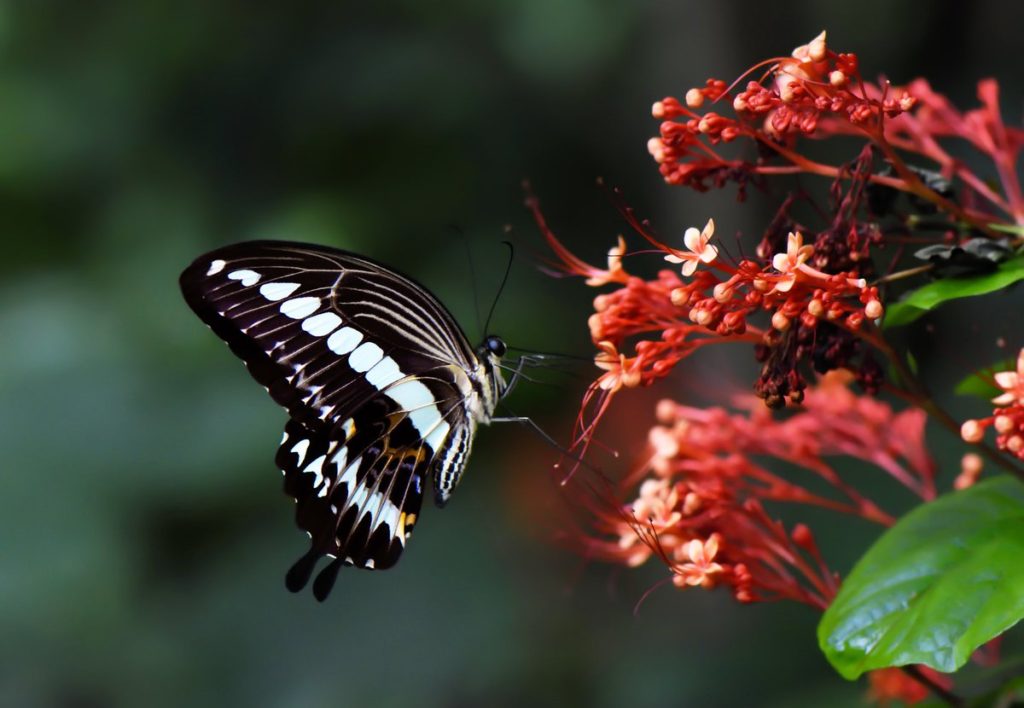
To attract butterflies to your celosia plants, follow these best practices for planting and caring for celosia. Additionally, creating a habitat for butterflies can be a helpful step. This section, “How to Attract Butterflies to Your Celosia” with sub-sections “Best Practices for Planting and Caring for Celosia” and “Creating a Habitat for Butterflies” will guide you through the steps for a successful butterfly garden.
Best Practices for Planting and Caring for Celosia
When it comes to planting and caring for Celosia, there are several important guidelines to follow in order to ensure its healthy growth and vibrant appearance.
Here is a 6-step guide that covers the best practices for planting and caring for Celosia:
- Choose a sunny location with well-draining soil;
- Add compost or organic matter to improve soil before planting;
- Water frequently, especially during hot and dry periods;
- Fertilize every two weeks using a balanced fertilizer;
- Deadhead spent blooms regularly to encourage continuous flowering.
Unique details about Celosia plant include its preference for warmth, how it can be grown from both seedlings or seeds direct sown into the ground, and how it can tolerate drought conditions.
To attract butterflies to your Celosia garden, consider planting colorful varieties such as ‘Cockscomb‘, which are known to draw in these pollinators. Additionally, planting milkweed nearby can provide a food source for hungry caterpillars.
By following these best practices and incorporating pollinator-friendly plants, your Celosia garden will thrive with vibrant blooms while attracting beneficial insects.
Transform your garden into a butterfly utopia with these simple tips – unless you hate happiness and beauty, then stick to concrete.
Creating a Habitat for Butterflies
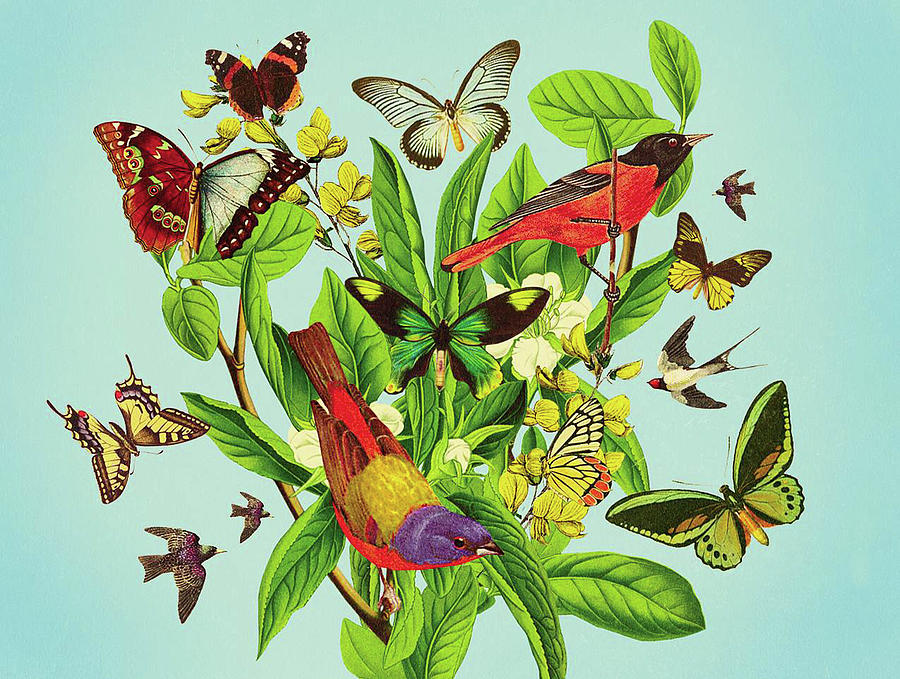
In order to nurture a conducive environment for butterflies to thrive, certain measures should be taken. This involves providing species-specific food sources and creating a suitable habitat that satisfies their basic needs. To do so, you can follow the below-mentioned tips to develop an essential butterfly-friendly landscape.
- Planting Host Plants: To attract fluttering friends, grow host plants such as dill, parsley, milkweed, or fennel.
- Designing A Sunlit Garden: Choose areas that receive direct sunlight and protect against excessive wind exposure. Butterflies love basking in warm environments.
- Include Water Features: Create water sources like bird baths or shallow ponds near food sources to ensure hydration since they cannot drink from deep pools.
It is important to note that different butterfly species have varying preferences for their habitat. For instance, some prefer native plants over exotic ones or require flowering plants with particular fragrances. Research the species commonly found in your area and customize your garden accordingly.
Pro Tip: Providing nutrient-rich soil can help enhance the growth of your host plants and ensure better nourishment for the butterflies expected to visit your garden.
Even if your Celosia garden doesn’t attract any butterflies, at least you’ll have plenty of dead-headed flowers for your next goth bouquet.
Conclusion
Celosia flowers are known to attract butterflies, making them a popular choice for garden enthusiasts. The vibrant colors and unique shape of the flower heads make them easy to spot for passing insects.
In addition to their visual appeal, celosia’s nectar is also a favorite among adult butterflies. This sweet substance provides butterflies with a rich source of energy, making it an attractive food source.
Interestingly, celosia plants may also provide suitable conditions for butterfly larvae to thrive and grow. The leaves of the plant can be used as a food source for young caterpillars, and the plant’s dense foliage provides cover from predators.
For optimal butterfly attraction, consider planting a variety of celosia species in different colors and sizes. Additionally, providing other sources of nectar and food for adult butterflies can further enhance your garden’s appeal to these beautiful creatures.
Overall, celosia flowers have a proven track record in attracting butterflies due to their bright colors, sweet nectar, and potential as a food source for both adult butterflies and their larvae.
Frequently Asked Questions
1. Do Celosia plants attract butterflies?
Yes, Celosia plants are known to attract butterflies. The bright colors and shape of Celosia flowers make them attractive to many different species of butterflies.
2. What type of butterflies are attracted to Celosia plants?
Celosia plants attract a variety of butterfly species, such as monarchs, swallowtails, skippers, and fritillaries.
3. How do I plant Celosia to attract butterflies?
Plant Celosia in a sunny location with well-drained soil. Make sure to provide enough space for the plants to grow and avoid overcrowding. Additionally, make sure to keep the soil moist but not waterlogged.
4. Do Celosia plants require special care to attract butterflies?
No, Celosia plants do not require any special care to attract butterflies. Just make sure to provide the proper growing conditions, such as ample sunlight, well-drained soil, and adequate moisture.
5. What other benefits do Celosia plants provide besides attracting butterflies?
Celosia plants are prized for their vibrant, long-lasting blooms, which make them a popular choice for cut flower arrangements. They also attract pollinators, such as bees and hummingbirds.
6. Can I grow Celosia plants in containers to attract butterflies?
Yes, Celosia plants can be grown in containers as long as they receive enough sunlight and water. Plus, container gardening allows you to move the plants to different locations to attract butterflies to different areas of your yard.


